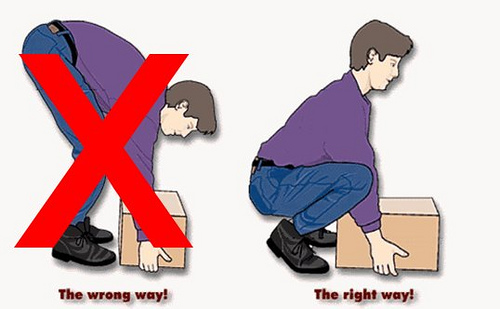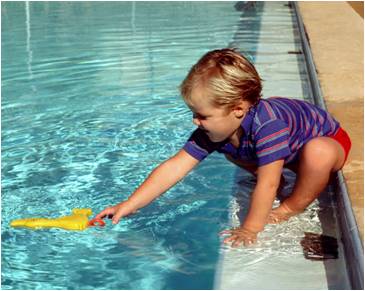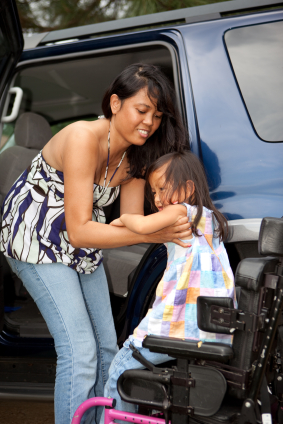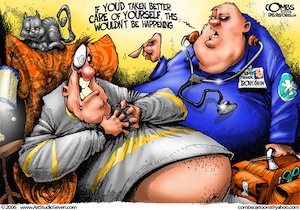Why Is Bicycle Safety So Important?
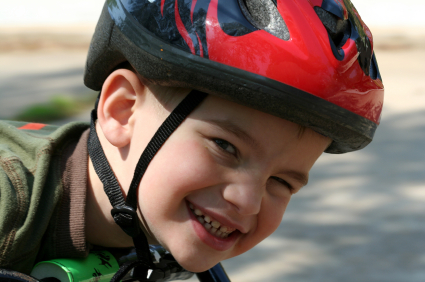 Bike riding is a lot of fun, but accidents happen. The safest way to use your bike is for transportation, not play. Every year, about 300,000 kids go to the emergency department because of bike injuries, and at least 10,000 kids have injuries that require a few days in the hospital. Some of these injuries are so serious that children die, usually from head injuries. A head injury can mean brain injury. That’s why its so important to wear your bike helmet. Wearing one doesn’t mean you can be reckless, but a helmet will provide some protection for your face, head, and brain in case you fall down.
Bike riding is a lot of fun, but accidents happen. The safest way to use your bike is for transportation, not play. Every year, about 300,000 kids go to the emergency department because of bike injuries, and at least 10,000 kids have injuries that require a few days in the hospital. Some of these injuries are so serious that children die, usually from head injuries. A head injury can mean brain injury. That’s why its so important to wear your bike helmet. Wearing one doesn’t mean you can be reckless, but a helmet will provide some protection for your face, head, and brain in case you fall down.
via Bike Safety.

